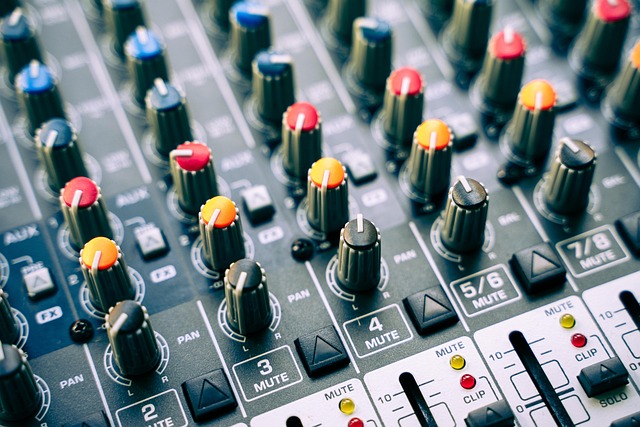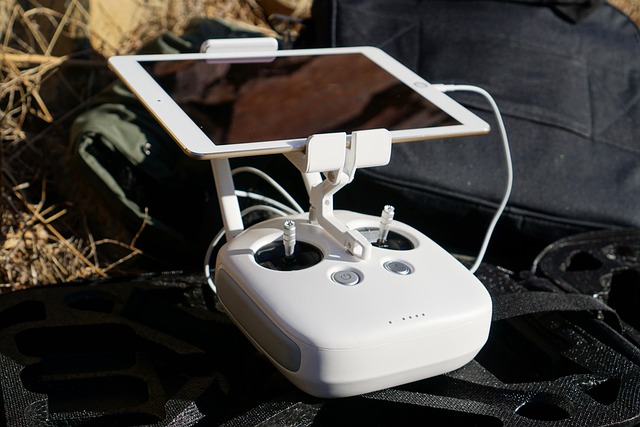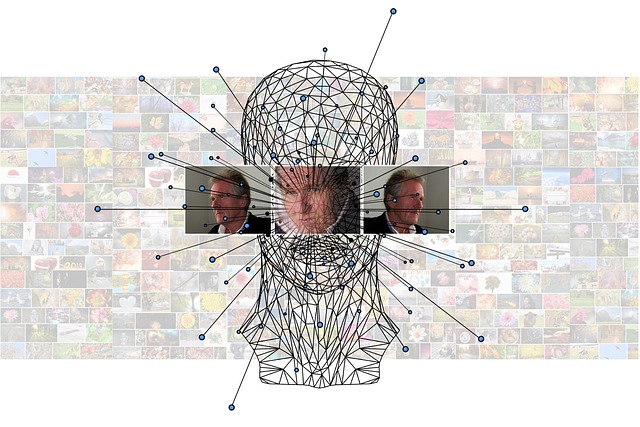In the age of digital transformation, the intersection of robotics, artificial intelligence, and business automation is reshaping industries from manufacturing to customer service. Central to this evolution is a seemingly modest yet profoundly powerful technology: stereo sound identification. By enabling machines to interpret complex auditory scenes, stereo sound identification algorithms unlock new possibilities for context-aware automation, safety monitoring, and intuitive human‑robot interaction.
From Raw Audio to Actionable Insight
Stereo sound identification starts with two audio channels captured by microphones arranged to simulate human binaural hearing. The algorithm processes these channels to determine the location, identity, and trajectory of sound sources. This spatial perception allows robots to detect spoken commands, identify mechanical anomalies, or respond to environmental cues without relying on vision, which can be obstructed or unreliable in cluttered settings.
- Localization accuracy: Advanced beam‑forming and machine‑learning models reduce localization error to less than a degree in controlled environments.
- Noise robustness: Adaptive filtering techniques separate relevant sounds from background chatter, making the system reliable in factories or warehouses.
- Real‑time performance: Optimized GPU pipelines ensure latency stays below 50 milliseconds, critical for safety‑critical applications.
Applications in Industrial Robotics
Robots equipped with stereo sound identification can now engage in tasks that were previously the domain of human operators.
“When a robotic arm hears a specific whistle, it knows to pause production and alert the supervisor—this reduces downtime by up to 15%.” – Factory Automation Lead
Key use cases include:
- Vibration monitoring: Detecting unusual acoustic signatures of bearing wear or gear misalignment.
- Proximity alerts: Using sound cues to keep workers safe around autonomous vehicles.
- Quality control: Identifying defects in products by listening to the sounds they emit during operation.
Voice‑Driven Automation in Customer Service
Beyond physical factories, stereo sound identification enhances virtual assistants and service robots. By accurately separating multiple speakers in a noisy call center, the technology enables precise transcription and sentiment analysis, leading to faster resolution times and higher customer satisfaction scores.
Moreover, the algorithm’s ability to discern speaker intent from tone adds nuance to automated responses, making interactions feel more natural. Businesses that deploy this level of acoustic intelligence often see a measurable uptick in first‑contact resolution rates.
Integrating with AI‑Powered Decision Systems
The true strength of stereo sound identification emerges when combined with broader AI ecosystems. Sensor fusion pipelines merge audio cues with vision, LiDAR, and industrial IoT data to create a holistic situational awareness map. This multi‑modal intelligence supports autonomous decision‑making in dynamic environments.
Examples:
- Warehouse logistics: A mobile robot listens for loading dock alarms while simultaneously mapping shelving units to optimize pick routes.
- Healthcare robotics: Surgical assistants detect the specific cadence of an operating table’s movement, allowing subtle adjustments without direct visual feedback.
- Retail analytics: Storefront robots gauge foot traffic by analyzing crowd noise patterns, adjusting lighting and music in real time.
Challenges and Ethical Considerations
While the benefits are clear, deploying stereo sound identification raises technical and ethical questions.
On the technical side, ensuring robust performance across diverse acoustic environments—varying reverberation times, competing devices, or unpredictable human behavior—requires continual model retraining and validation. Privacy concerns arise when microphones capture conversations in shared spaces; therefore, transparent data handling policies and on‑device processing are becoming standard practice.
Future Directions
Research is converging on several promising avenues:
- Low‑power acoustic processors: Dedicated hardware capable of performing beam‑forming and deep learning inference with minimal energy consumption.
- Self‑supervised learning: Models that continuously learn from unlabeled audio streams, reducing dependence on costly annotation.
- Cross‑modal synthesis: Algorithms that generate synthetic audio cues to guide human operators in remote or hazardous tasks.
Conclusion
Stereo sound identification is more than an audio processing trick; it is a foundational pillar for intelligent automation. By giving machines the ear to listen, interpret, and respond, this technology expands the horizons of robotics and AI in business contexts. Whether safeguarding workers on a production line, streamlining customer interactions, or enabling autonomous navigation, the nuanced perception of sound will continue to shape the next wave of industrial innovation.




